Scuba diving opens up a mesmerizing underwater world full of vibrant marine life, coral formations, and hidden wrecks.
Yet, nothing disrupts the magic more quickly than the unpleasant shock of choking or water entering your mouthpiece or mask.
For underwater enthusiasts of all levels, mastering techniques to avoid water ingress and manage breathing can transform a stressful dive into a seamless adventure.
This comprehensive guide draws on decades of diving wisdom to help you dive confidently and comfortably, keeping water out and breathing smooth every time.
Why Water Ingress Happens
Understanding the causes helps you anticipate and prevent issues:
-
Mask Flooding - Poor seal, facial hair, or incorrect mask fit leads to water leak around the nose and cheeks.
-
Regulator Flood - Exhaled bubbles blowing water into the second stage when cleared improperly, or purging at depth without proper posture.
-
Mouthpiece Dislodgement - Weak mouth grip, jaw fatigue, or momentary lapse in bite leads to water gaps.
-
Strong Currents and Waves - Turbulent surface or surge at depth can push water into your equipment.
-
Improper Breathing - Holding your breath or panicked inhalation invites water ingress and choking hazards.
Recommended: Top 6 Best Underwater Scooters Under $600
Equipment Preparation
Mask Fit and Maintenance
-
Choose a mask with a silicone skirt that conforms to your facial structure.
-
Perform a "suction test" on land: place the mask on your face without straps, inhale through your nose; it should stay in place comfortably.
-
Trim or manage facial hair to ensure a watertight seal.
-
After every dive, rinse inside and outside; periodically replace the silicone skirt as it degrades.
Regulator Check
-
Inspect hoses and mouthpiece for cracks or wear.
-
Ensure the second stage's exhaust valve is free of debris.
-
Practice the "blow test" above water: gently inhale and exhale through the regulator to confirm purge function and dry exhaust port.
Backup Equipment
-
Carry a secondary octopus or bailout bottle.
-
Use a lanyard or clip to secure your mouthpiece when switching stages or on safety stops.
Recommended: Best Underwater Scooters for Travel
Breathing Techniques
Diaphragmatic Breathing
By engaging your diaphragm rather than shallow chest breathing, you control airflow and reduce swallowing water:
-
Inhale slowly for 3-4 seconds through the regulator.
-
Exhale gently for 5-6 seconds, directed downward to clear any stray water.
-
Maintain a relaxed, even rhythm.
Purge and Clear Strategies
Mask Clearing
-
Tilt your head back slightly.
-
Exhale through your nose continuously to push water out of the bottom of the mask while gently lifting the bottom edge.
-
Return mask to normal position and breathe calmly.

Regulator Clearing
-
Partial clear: covering the front of the second stage's purge button with your fist and exhaling firmly.
-
Full clear: remove mouthpiece, exhale away from regulator, spit out water, reinsert and resume breathing.
-
Always face slightly downward and keep the regulator's exhaust port angled away.

Body Positioning and Buoyancy
Proper Trim
Maintaining a horizontal trim keeps your regulator and mask in the correct orientation:
-
Adjust weight distribution between tank and weight belt.
-
Practice hovering at safety stop depth until you achieve neutral buoyancy.
Current Awareness
-
Approach currents head-on at a diagonal to minimize surge.
-
Keep your body streamlined: arms at sides, legs together, fins pointed backward.
-
Slow, deliberate fin strokes reduce turbulence that might dislodge your equipment.
Drills and Practice
Dry Mask Clearing
On land, wear your mask and repeatedly clear it until the motion becomes second nature-tilt, exhale, seal.
Shallow Water Regulator Drills
In a pool or shallow lagoon, practice purging and breathing out through the regulator under supervision until muscle memory is ingrained.
Simulated Stress Scenarios
Have a buddy gently tug on your mouthpiece or simulate surge while you focus on maintaining calm breathing and posture.
Troubleshooting Common Scenarios
| Scenario | Cause | Solution |
|---|---|---|
| Mask leaks mid-dive | Poor seal, shifting mask | Stop, clear mask, adjust straps, re-seat skirt |
| Regulator floods on exhale | Exhaust port angles up, posture | Face down, angle purge port downward, partial purge |
| Mouthpiece slips | Jaw fatigue, weak bite | Practice bite grip, use mouth straps, stay relaxed |
| Sudden water gulp during descent | Fast descent, pressure change | Equalize descent, descend slowly, maintain steady breathing |
Post-Dive Care
-
Rinse all gear thoroughly in fresh water, paying attention to purge valve and mask skirt.
-
Soak regulators in warm water to dissolve salt crystals.
-
Air-dry in shade; store in a cool, dry place.
Conclusion
Preventing choking and water ingress while scuba diving hinges on meticulous equipment prep, mastering breathing techniques, and maintaining the right body position.
Regular drills build confidence, enabling you to react calmly under pressure. With these practices, every dive becomes an exhilarating, worry-free exploration of the deep.
FAQs
Q: How often should I replace my mask skirt and regulator mouthpiece?
Replace silicone mask skirts every 1-2 years and mouthpieces annually, or sooner if you notice cracks and stiffness.
Q: Can strong currents really dislodge my regulator?
Yes-turbulence can force water into exhaust ports. Always angle your regulator downward and streamline your profile.
Q: What's the quickest way to clear a flooded mask underwater?
Tilt your head back, exhale continuously through your nose, lift the bottom edge, then reposition the mask.
Q: Should I hold my breath during regulator clearing?
No-breathe out steadily. Holding your breath increases panic and risk of lung over-expansion.
Q: Are there specialized mouthpieces to prevent slipping?
Yes-ergonomic or custom-fit mouthpieces and mouth straps help maintain grip and reduce jaw fatigue.
Dive smart, stay calm, and let these expert strategies keep water out, ensuring every plunge is pure underwater bliss!
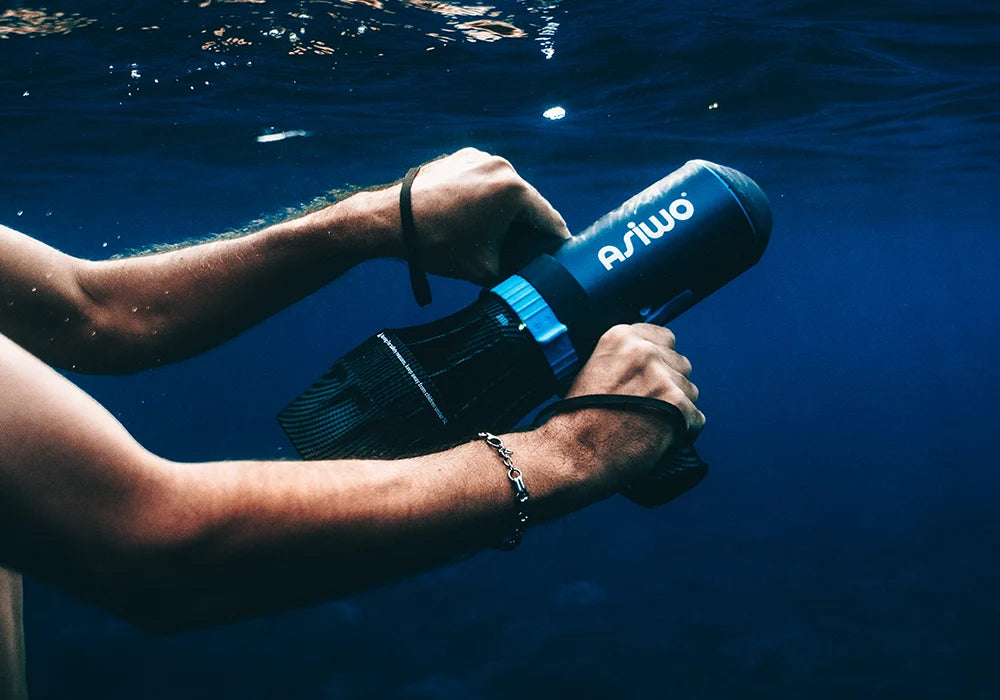




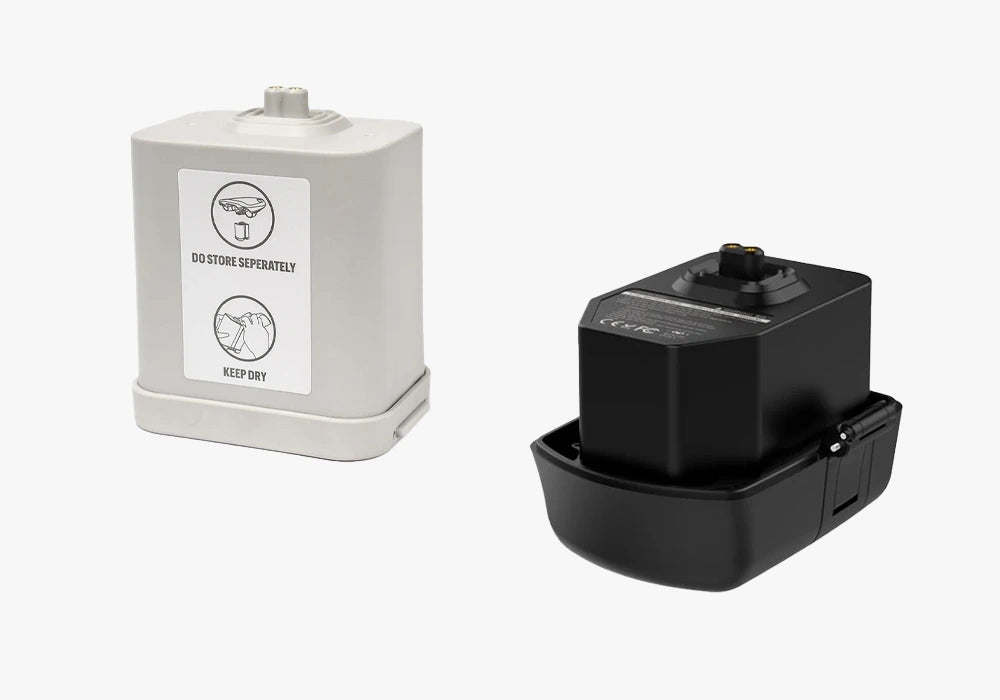





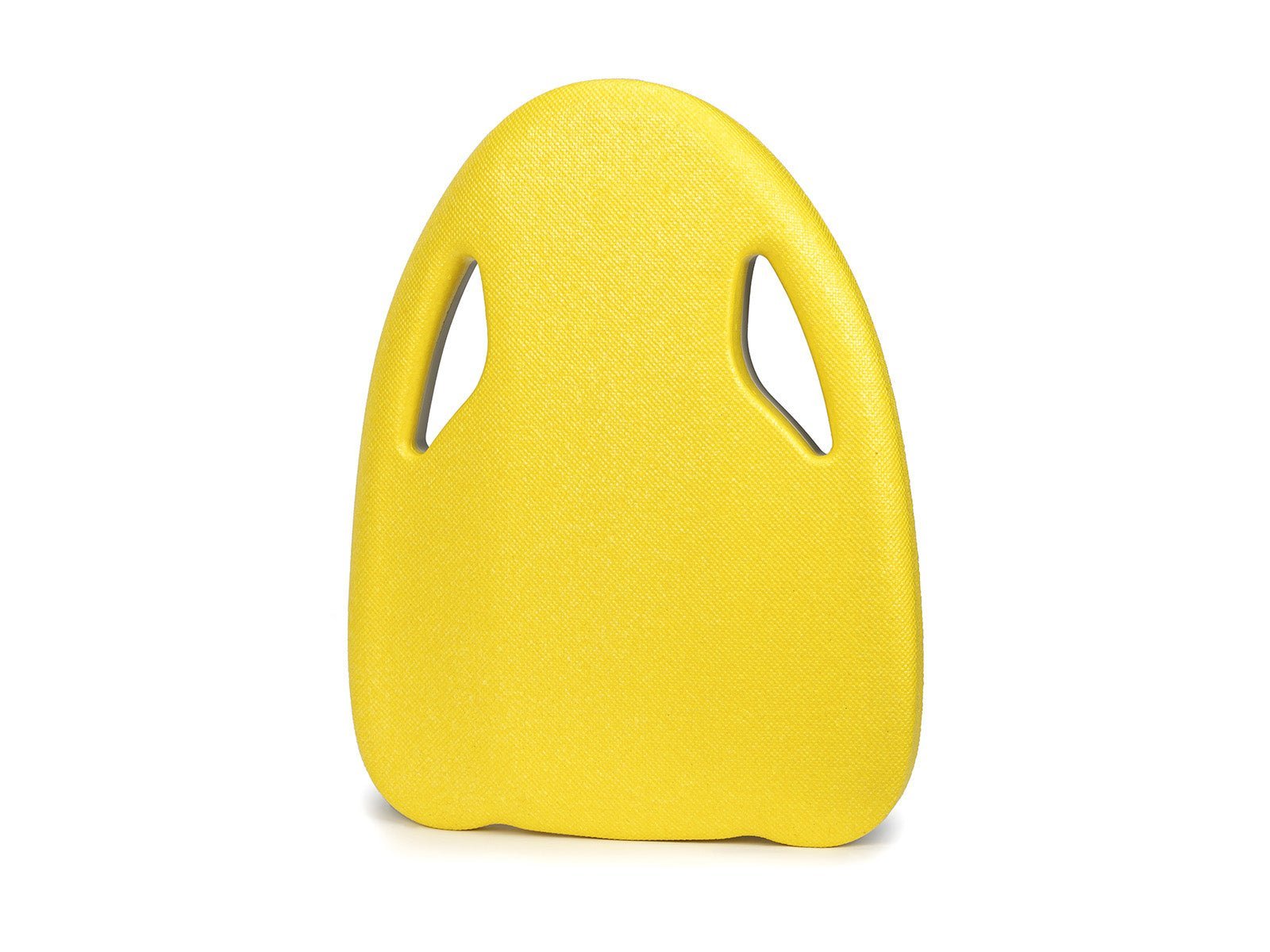
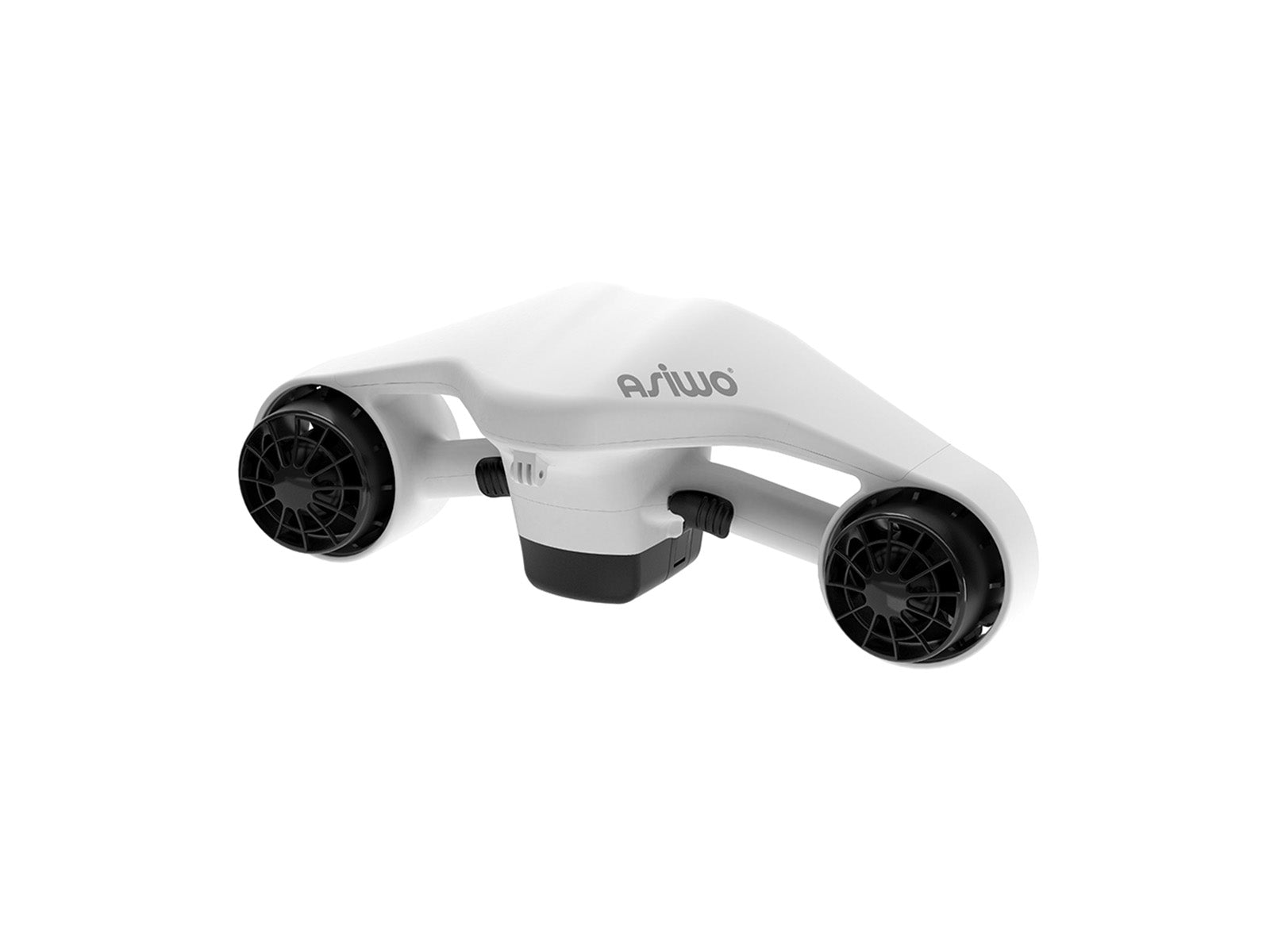
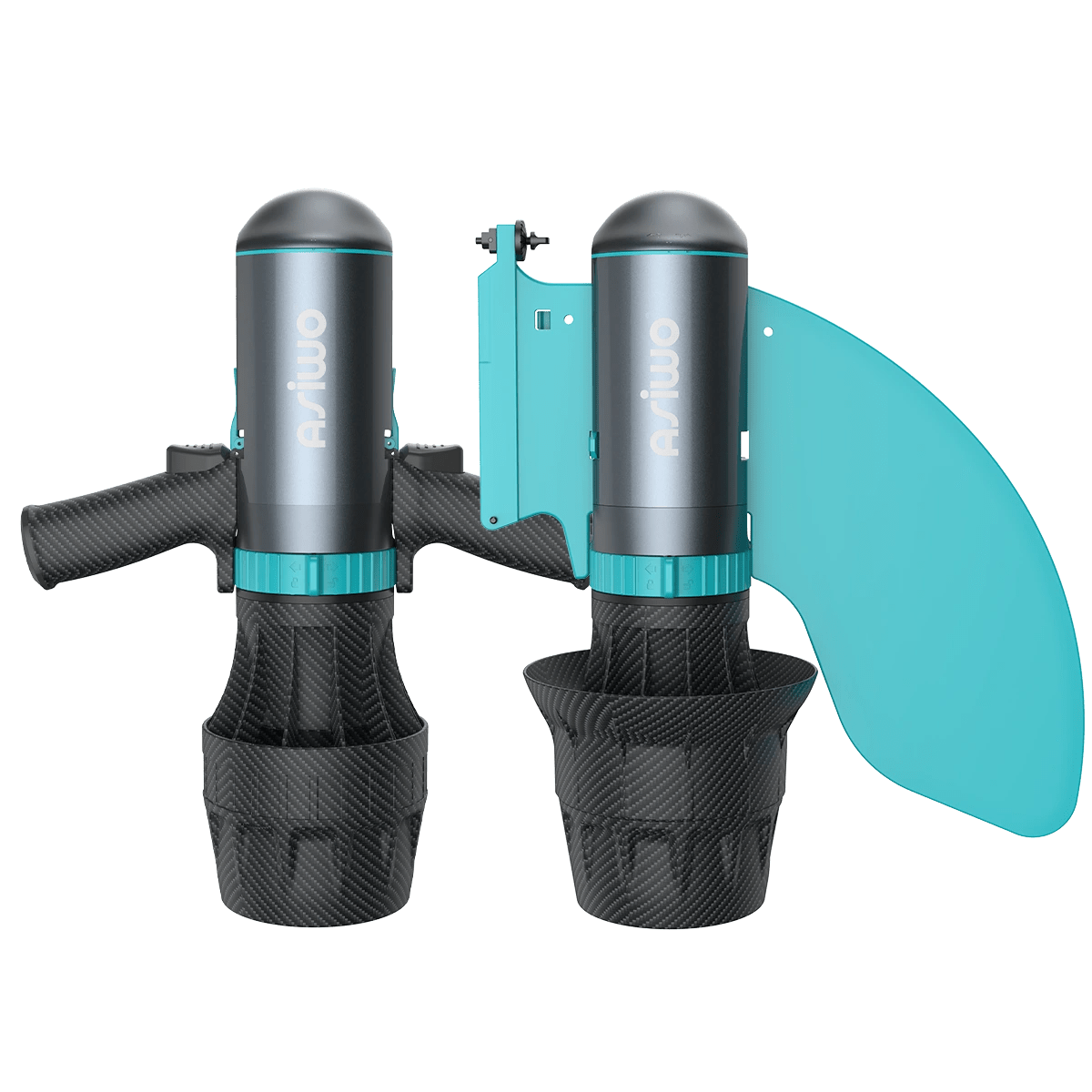




Leave a comment